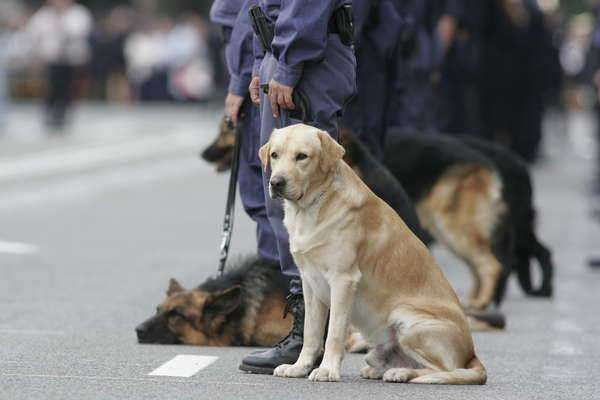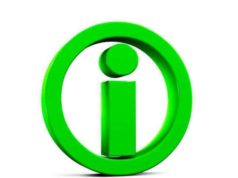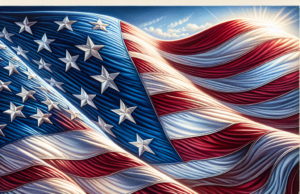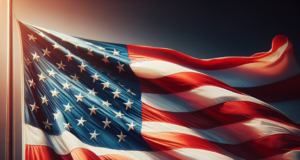
DEA history can be traced back further than its own inception in 1973, with the Bureau of Internal Revenue, which was also in charge of enforcing the first Federal laws against opium. The DEA history continues, according to DEA information, further with the Bureau of Prohibition which was created in 1927 and was in charge of enforcing the 18th Amendment of the Constitution in 1919.
Eventually, the Federal Bureau of Narcotics and Dangerous Drugs (BNDD) would be created, and by 1973, would be combined with other organizations to ultimately become the Drug Enforcement Agency.
DEA history shows that little has changed in terms of its ultimate mission: enforce the controlled substances laws and regulations of the United States and bring justice to all those persons or organizations that break the controlled substance laws by the illicit manufacture, trafficking, or distribution of controlled drugs or substances. Initially, DEA information places about 1,470 agents and a $74.9 million dollar budget when the agency was created. By 1980, there were close to 2,000 agents on the field and a budget of nearly $206 million dollars.
As of 2003, according to DEA information, the numbers continue to grow, with nearly 5,000 agents and a budget of $1.9 billion dollars. It is clear that the Government recognizes the importance of fighting the drug war, and the DEA is the largest organization fronting the charge, both on the domestic and international fronts.
In 2009 alone, according to DEA information, there were over 30,000 arrests by the DEA on the domestic front, with nearly 50,000kgs of Cocaine, 642kgs of Heroin, over 600,000kgs of Marijuana, and nearly 2,000kgs of Methamphetamine seized from illicit manufacturers and drug traffickers.
Since the beginning of DEA history, the organization has been responsible for over 600,000 prosecutions on United States soil alone. The DEA has managed to become effective in breaking down drug cartels and drug trafficking rings with its various programs and tactical operation strikes throughout the world.
The first narcotics task force in DEA history was implemented in 1970 in New York. The task force began with only 43 agents and a small support staff. By 2003, the task force would see its personnel grow to 211 law enforcement members. Early success would prove to be essential to the DEA, with the help of collaborative efforts on the Federal, State, and local levels, operations would become a success with investigative and tactical implementations.
In 1972, the New York Task Force seized nearly $1 million dollars during an arrest in the Bronx. A year later, in 1973, 69 drug traffickers were arrested for the alleged distribution of nearly 100kgs of cocaine in one week's time.
The DEA history also includes some of the biggest drug busts in the history of drug enforcement. In 1991, according to DEA information, the DEA seized over 59 boxes containing 1,080 pounds of heroin. The estimated street value of the seizure was said to be between $2.5 billion to $4 billion dollars, making it the largest heroin bust in history.
In 1984, arguably the most infamous drug bust in the DEA history books occurred when they helped coordinate and launch an attack on Colombian cocaine king, Pablo Escobar. Pablo Escobar is easily the most notorious cocaine trafficker of all time, with over fifty percent of the cocaine in America in the 1980s linked to him and his cartel. Escobar and his cartel were making an average of $25 billion dollars a year. By the time he was 32, he was making over half a million dollars daily.
The DEA managed to get inside information and tip off the Colombian government, allowing a raid on Escobar's drug laboratory named Tranquilandia. The raid uncovered over fourteen tons of cocaine, easily worth over a billion dollars in the 1980s. The Colombians managed to make the mistake when they sent one of their nationals to New Jersey requesting to pay in cash for two metric tons of ether, which was half of the ether imports of the country for 1980.
The company notified the DEA, which allowed them to set up a false company under Operation Scorpion. They contacted the Colombian individual who filled his order. They tracked the shipment via satellite to the dense jungle in Colombia, where Tranquilandia would eventually be found.


























